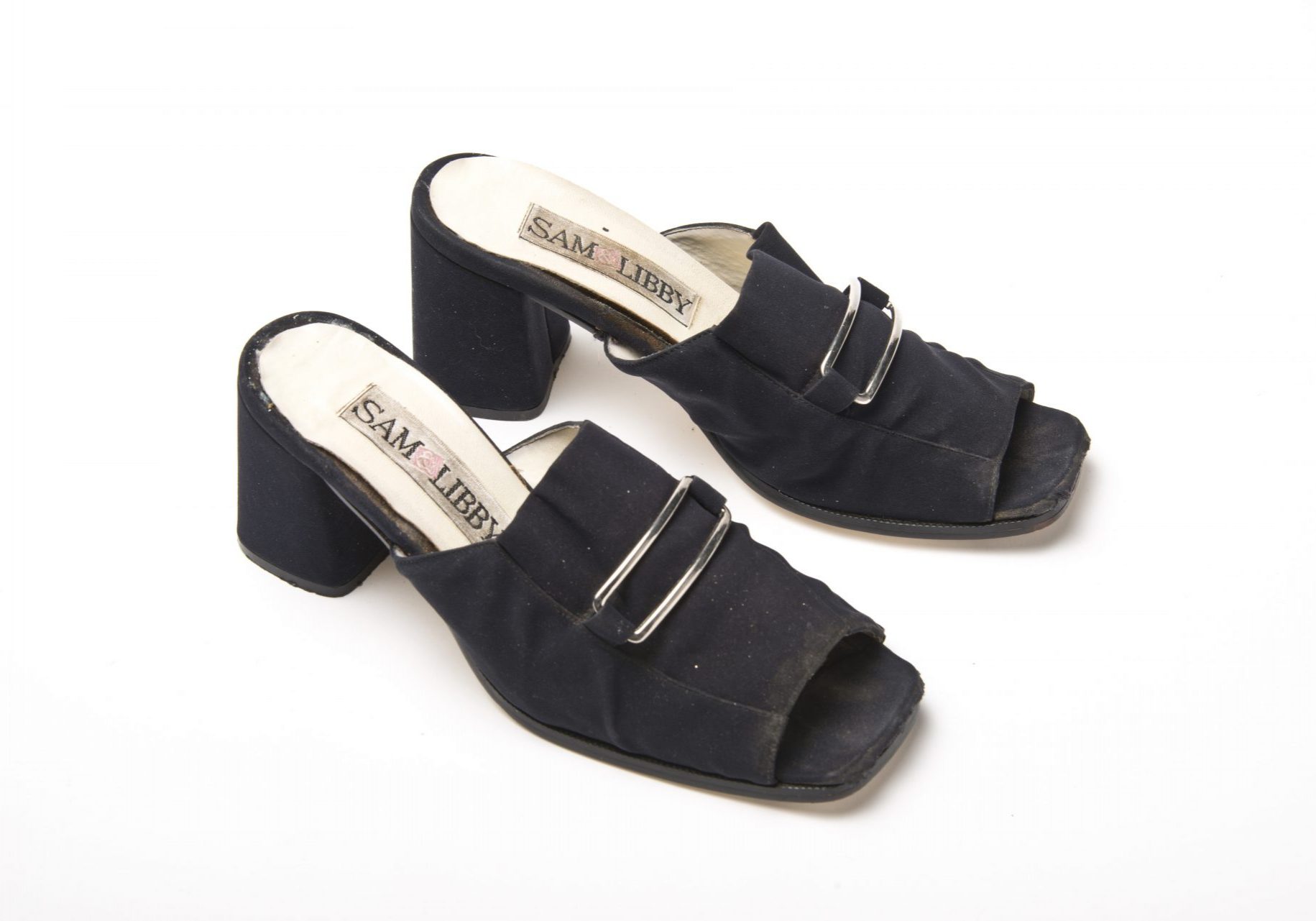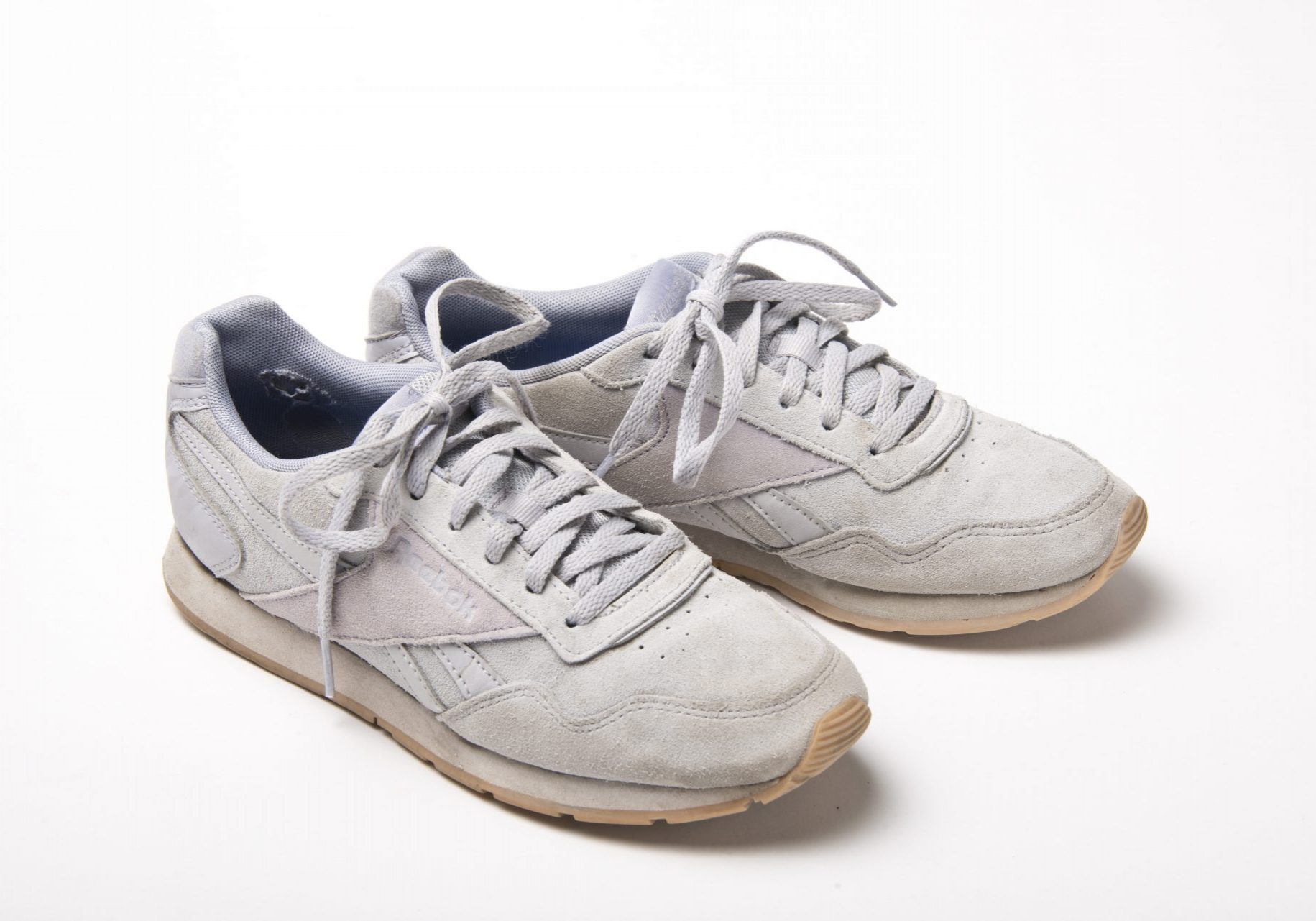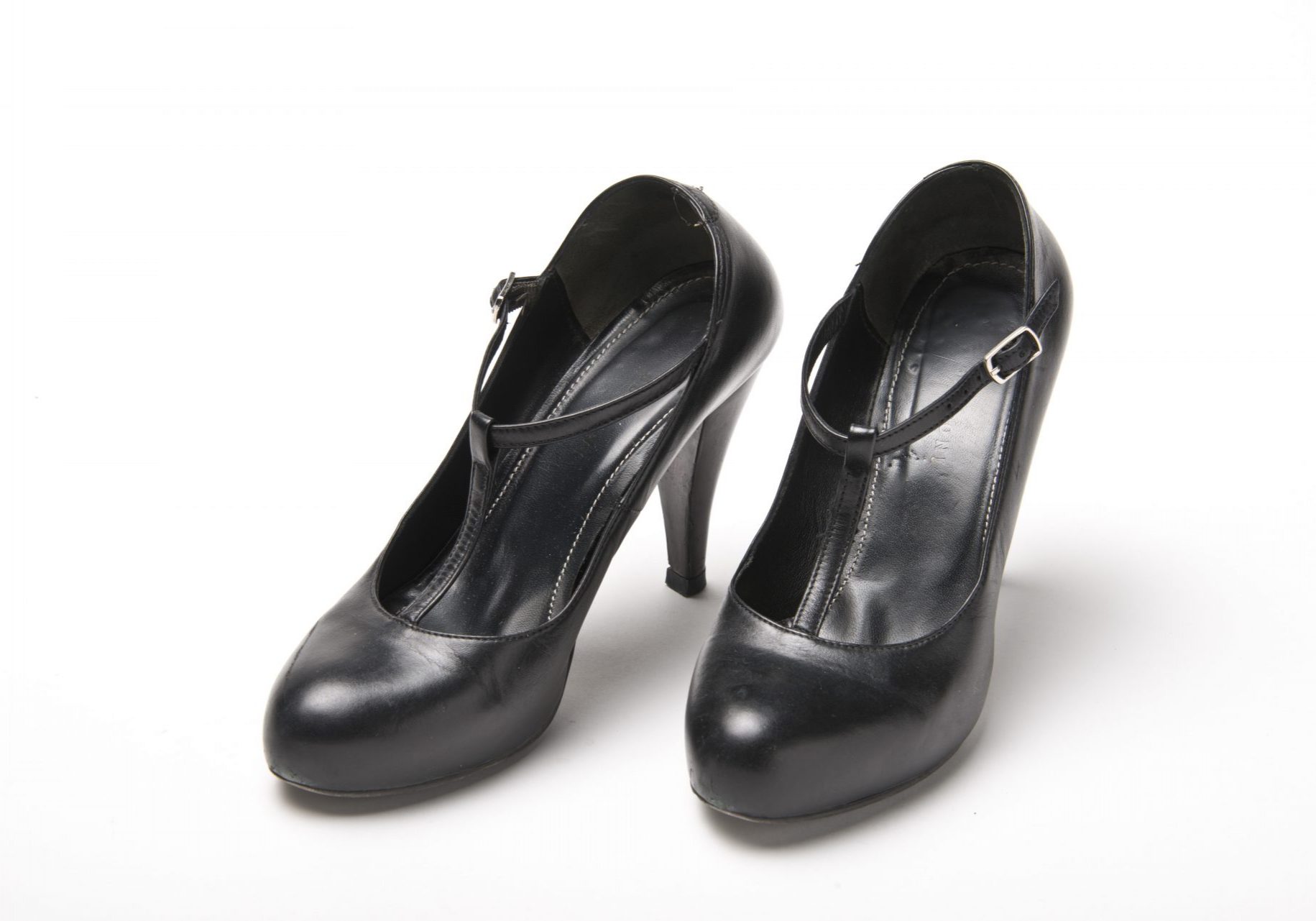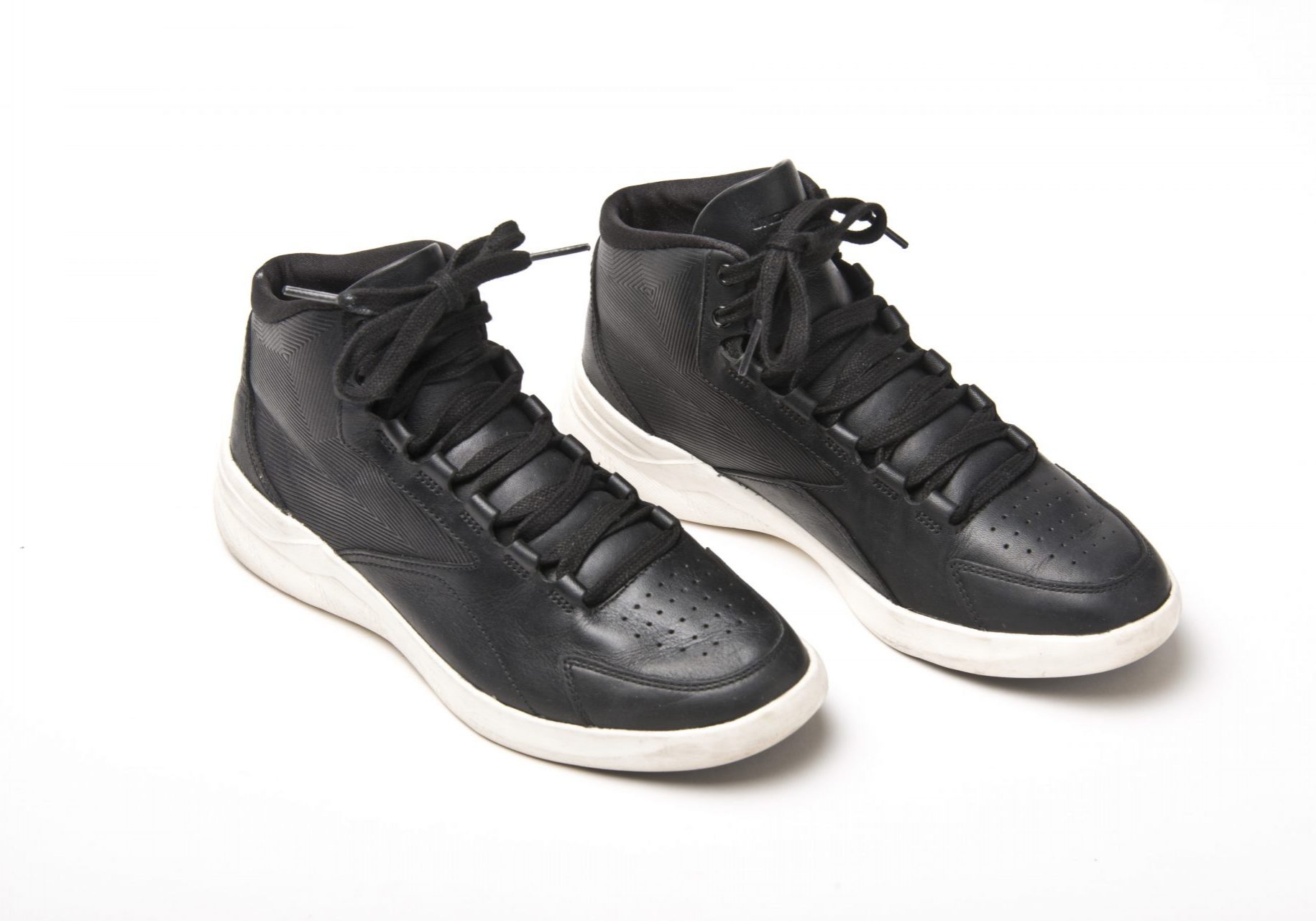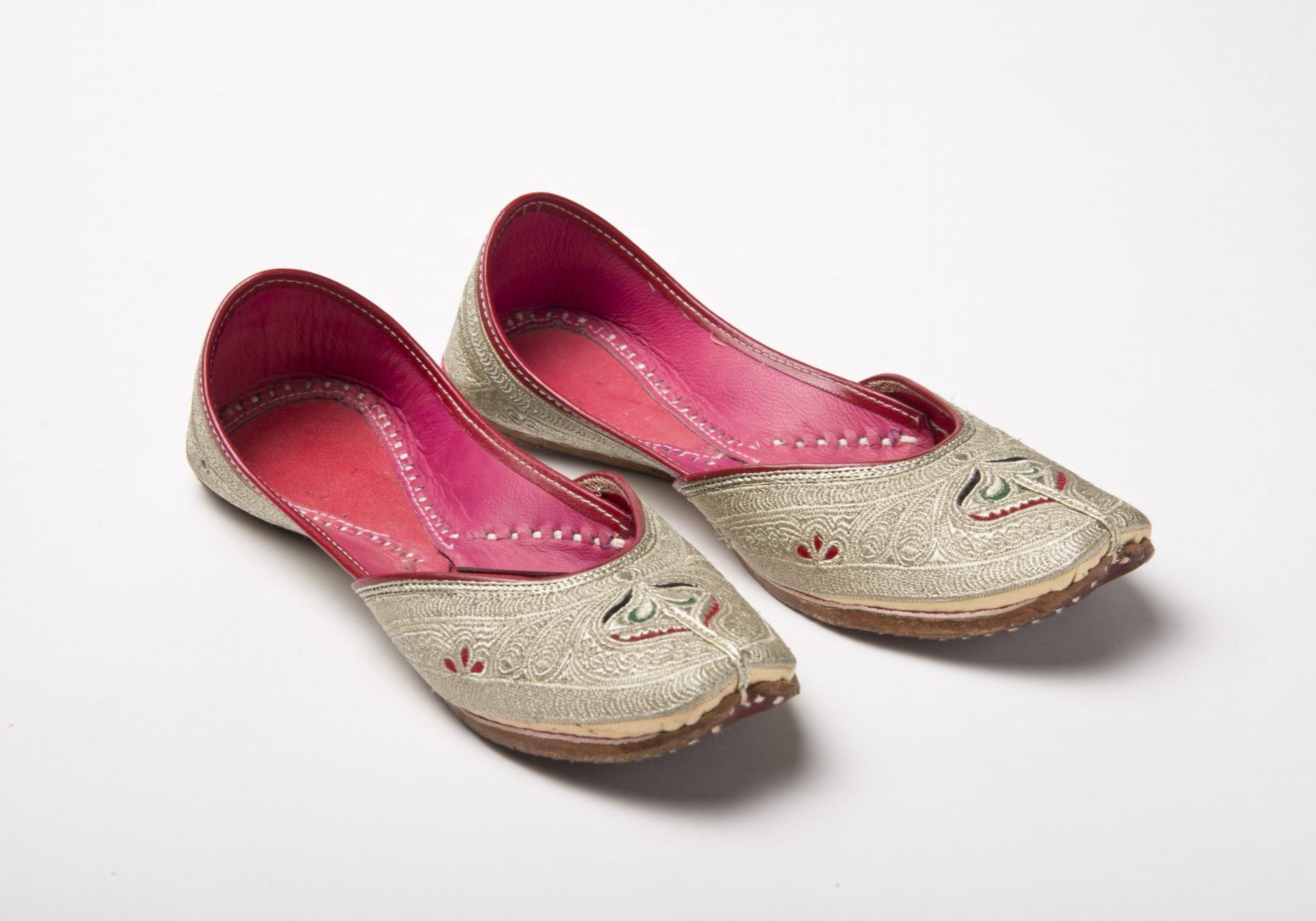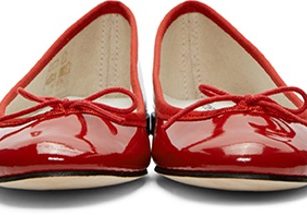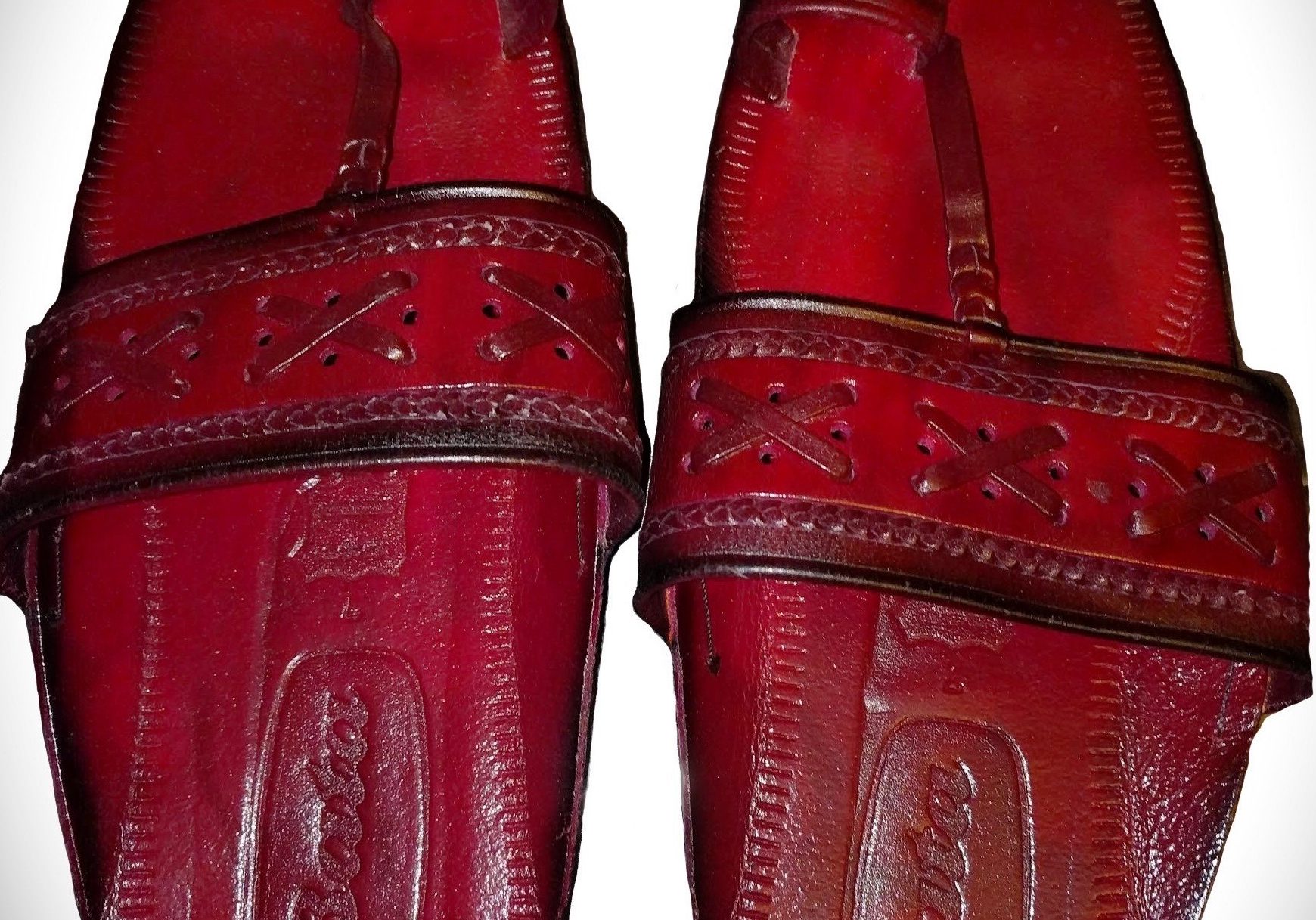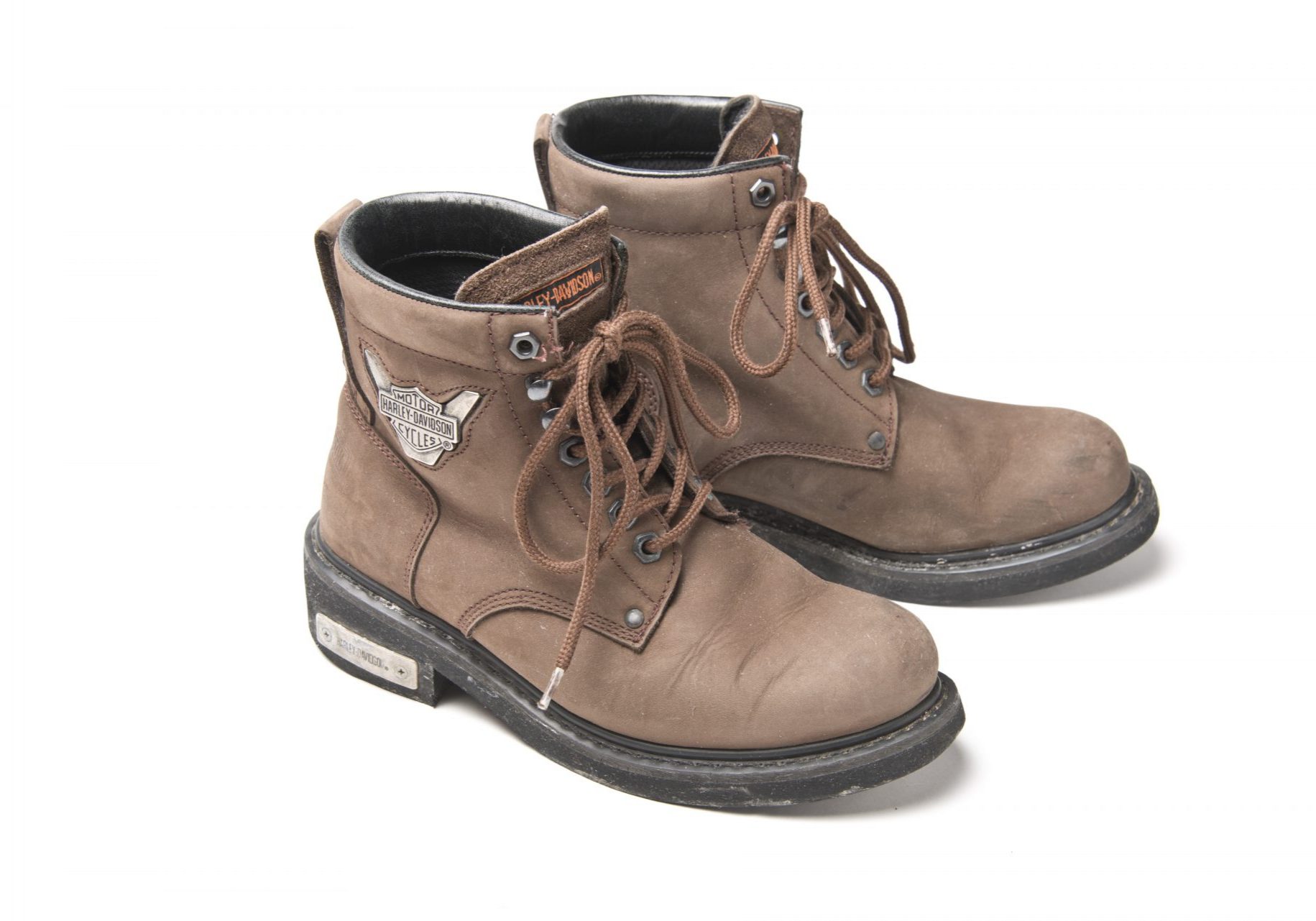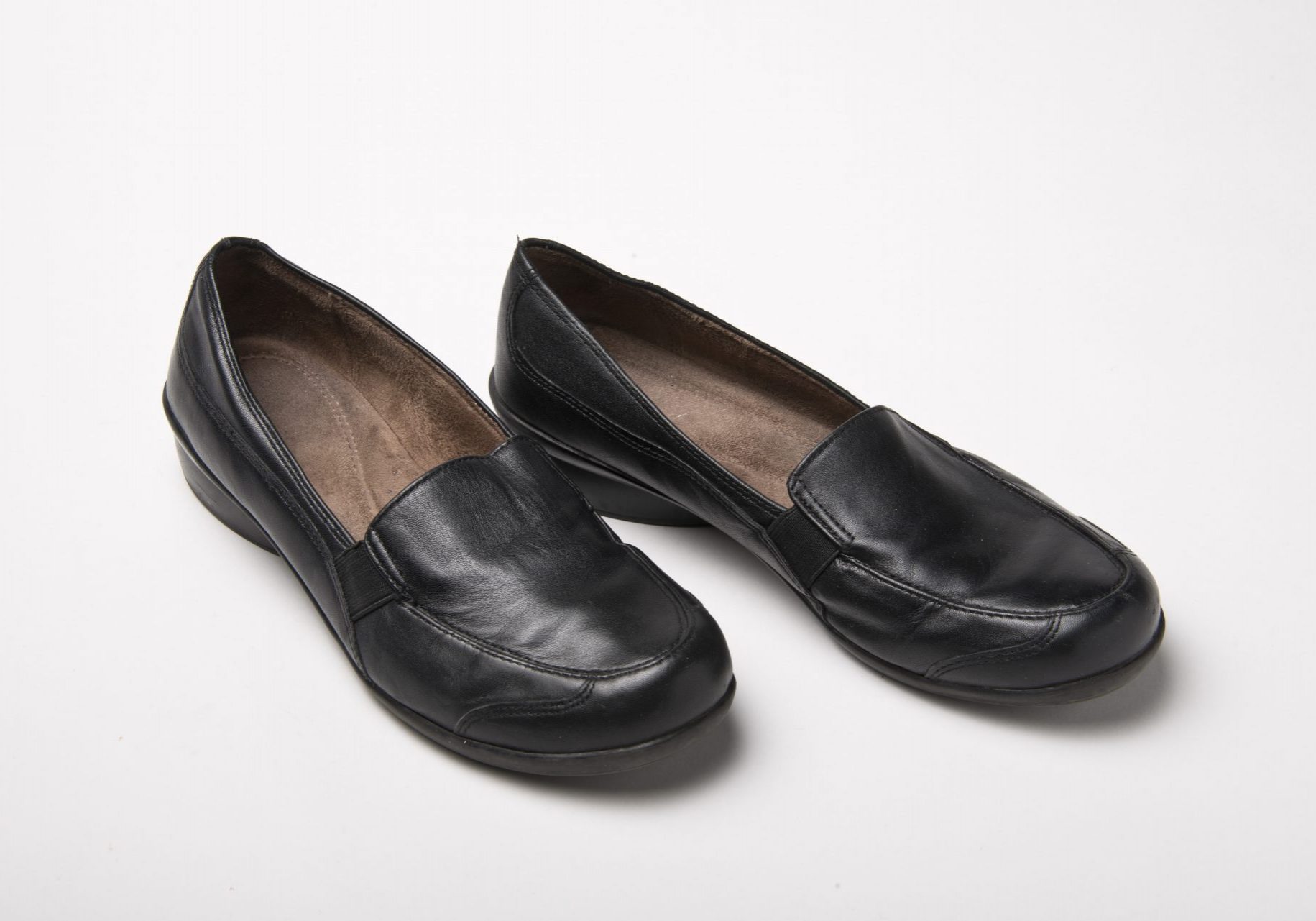My Congo Shoes
Sosina Ashenafi
Summary:
Rubber Congo shoes, cheap to buy and easy to customize for muddy roads, have been a part of many African women’s lives. Ethiopian journalist Sosina Ashenafi’s family can buy her whatever shoes she wants. Even though she has been in Toronto since 2018, her Congo shoes still connect her with all the African women who wear them as they flee conflict or hunger.
Story:
One Saturday afternoon, I visited the Bata Shoe Museum in Toronto. I saw all kinds of shoes that mankind has been wearing since time immemorial. I ran from upstairs to downstairs as if I were looking for something I had lost, but the shoe that carries the pain and suffering of rural African women was not in sight.
In Ethiopia, that shoe is known as the Congo shoe. It is a very common rubber shoe used all over Sub-Saharan Africa. It is left out of the recorded history of human shoes—just as the story of the continent of Africa itself is left out of human history. Does that mean that my own story is not wanted either?
No matter what you think, I will tell you the story of my Congo shoe, the footwear of African women on the run.
Between 1960 and 1980, most African countries became free states, breaking from an old colony. Immediately after independence, they experienced civil war over resources and tribal lines. Who could be the next boss and control the country’s riches? When Congo had its post-colonial civil war, Ethiopian forces went there as part of the U.N. peacekeeping mission. When they came back home, they introduced the Congo shoe. It is rubber, cheap to buy and made for muddy roads.
In Ethiopia, my family is considered middle class, and my dad is an autocratic person who had control over everything in the household. He bought us whatever shoes he believed were suitable. Wearing Congos was out of the question. They were for the lower class, but I managed to get a pair of them from a friend.
They had a bad smell and made a farting sound when I jumped, but I liked them. They were comfortable for me to play in, and it was easy to run in them. My dad tried to punish me many times for wearing my friend’s Congos. Finally, he understood that he couldn’t stop me from wearing them. He bought me Congos of my own. My first pair was blue with a plastic bow.
Since my childhood in Addis Ababa, I have seen many women escaping their birthplace and family. I carry the image of them wearing their worn-out Congo shoes, travelling many moons to the city for a safe haven. But I did not see myself in those women.
Then my husband came to Canada as a political refugee. I was eager to follow him. But when the day came for our son and me to go, I wept to leave all my loved ones. After the airplane touched down on Canadian soil, the one hour I waited at Pearson airport to see my husband seemed like a century. When we were reunited, I started to cry again.
These days I am up and down. My thoughts often return to Ethiopia, where tribal conflict is displacing millions. I see those poor moms and their kids running from war, killings and hatred. I can feel the burning Congo on their feet as they wander the hot deserts.
They are running from an early marriage. They are running from an ethnic conflict or domestic violence. They are running from hunger and thirst. If a Congo shoe had a mouth, it would speak to the world about how those poor and miserable women walk their way from pain to pain.
Fighting with the weather, language and culture in a new country, I remember them. I may walk on snowy mud, but I wear comfortable rubber boots. Today, when I walk with my comfortable rubber boots, one of my legs always lags behind, as if it is going back, as if it is showing me that I, too, am a refugee.
SOSINA ASHENAFI, Ethiopian journalist and writer, came to Canada in 2018. She had published short stories, poems and essays in her native language Amharic. She is now editing and producing a monthly newspaper and weekly radio show titled New Perspective in Toronto.
